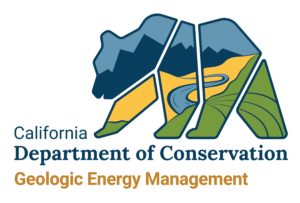
The Interstate Natural Gas Association of America (INGAA) appreciates the opportunity to submit these comments in response to the Division of Oil, Gas, and Geothermal Resources (DOGGR) “Discussion Draft Underground Gas Storage Regulations” (Proposed Rule). INGAA supports DOGGR’s goal to clarify well construction, testing, monitoring, data collection, and emergency response standards to ensure safe operations. An overview of INGAA comments and recommendations includes:
1. It is premature for DOGGR to implement minimum safety standards for natural gas storage facilities until recommendations from the Aliso Canyon natural gas task force and Federal minimum standards are issued, per the PIPES Act of 2016. In the interim, INGAA recommends DOGGR adopt recently developed consensus standard API RP 1171 by reference.
2. INGAA supports DOGGR’s use of a risk-based approach for assessing existing wells and designing new wells, determining appropriateness of safety valves, monitoring/evaluating corrosion, and verifying integrity of wells and reservoirs. DOGGR should remove overly-prescriptive requirements, which contradict DOGGR’s risk-based approach. If DOGGR intends to retain prescriptive requirements, DOGGR should request that the Department of Energy (DOE) conduct studies through the National Labs to confirm actual effectiveness of the required equipment, relative to other alternatives.
3. The DOGGR Proposed Rule references California Air Resource Board (ARB) proposed natural gas storage facility monitoring requirements that are not feasible based on currently proven technologies. ARB’s economic analysis also does not adequately estimate the costs and benefits of the proposed monitoring requirements. INGAA recommends DOGGR remove the reference to ARB’s inspection and leak detection protocol and instead allow operators to submit an inspection and leak detection protocol based on API RP 1171.
4. DOGGR should allow one year for operators to create and submit Risk Management Plans. Operators should be permitted to include timelines for bringing existing wells/facilities into conformance with construction, integrity testing, monitoring, and data submission requirements in their Risk Management Plans.







